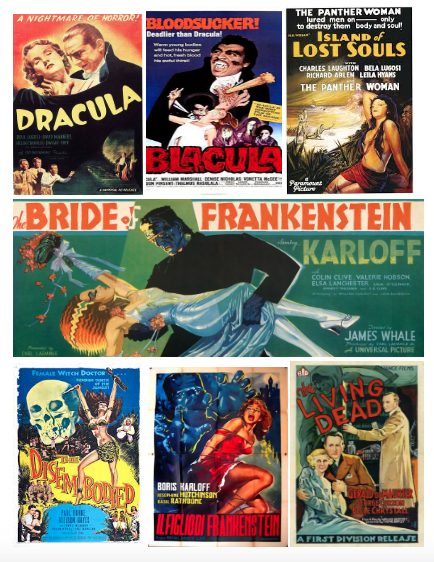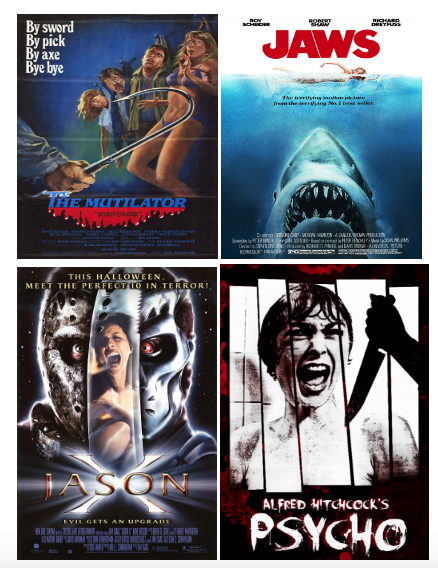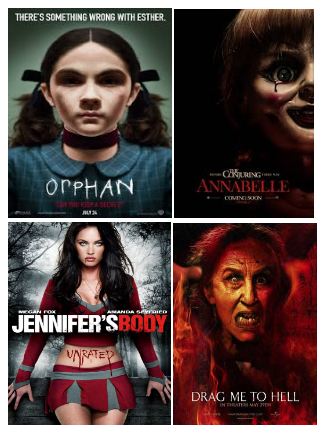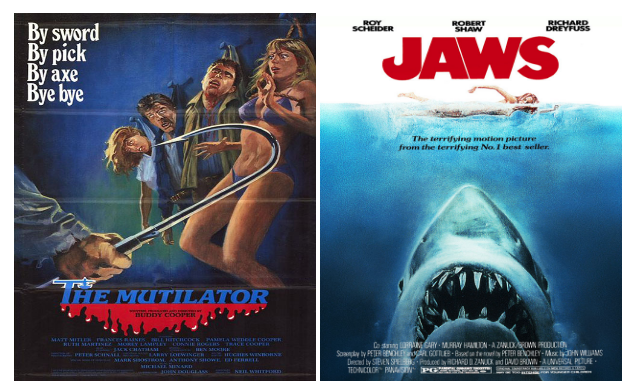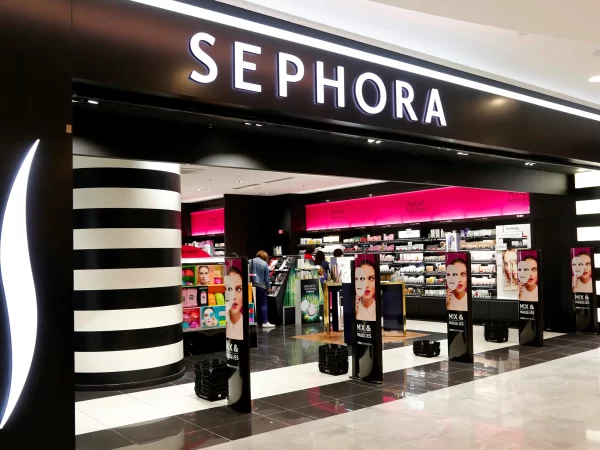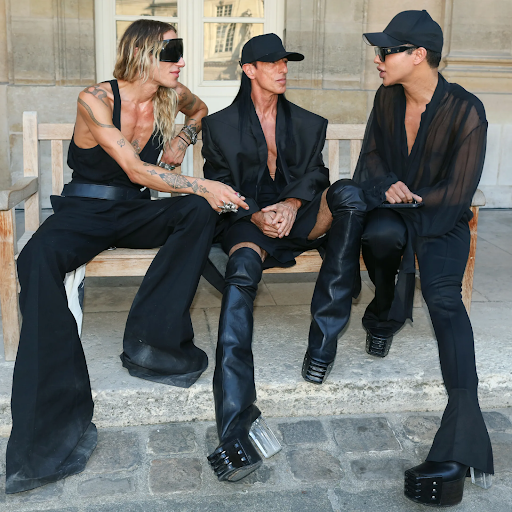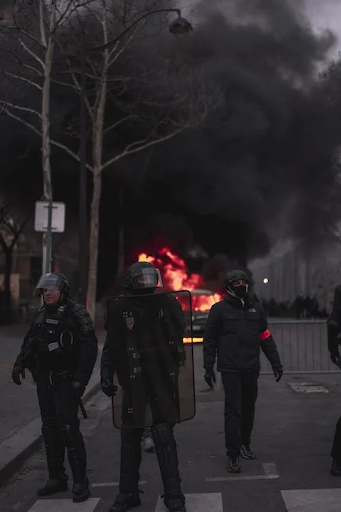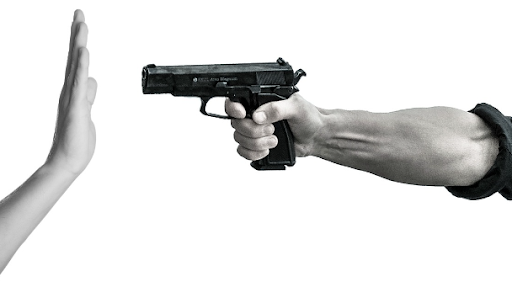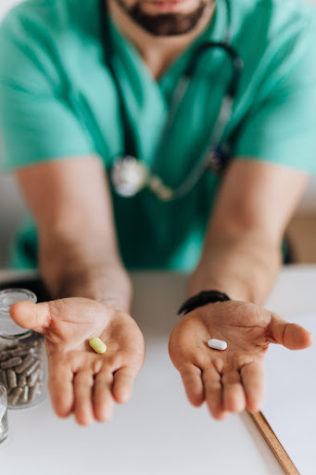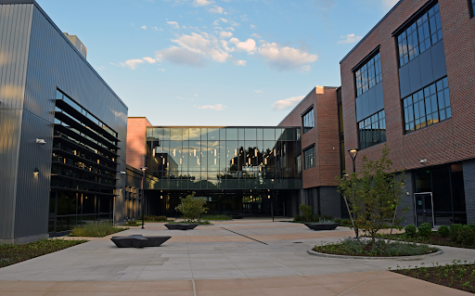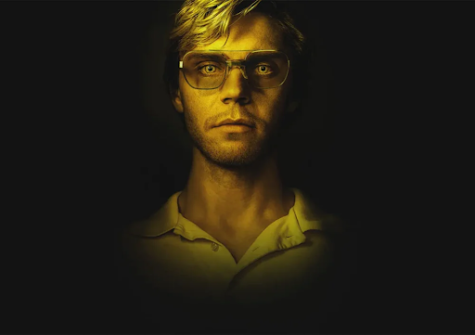The Evolution of Gender Roles in Horror Films
December 7, 2017
Recently on display at the Peabody Essex Museum in Salem, Massachusetts was an incredible horror exhibit presented for Halloween that showcases classic horror films from the early years of cinema. Some of the famous early horror stories displayed were Frankenstein, Dracula and Alien. The exhibit consisted of multiple cinema posters, statue replicas of horror characters, interactive games and short clips from some of the films. The horror exhibit contained many fascinating artifacts that contributed to its classic horror tone.
In particular, because the horror films took place in the 1930s, the gender roles of the character archetypes depicted women as inferior to men. The monster-like characters on the posters were masculine and they were often targeting young, beautiful women. These women were being stereotyped as the “damsel in distress,” character archetype. The damsel in distress is a female character who is young and virtuous who needs saving from a male heroic character. This character description illustrates women as being weak and vulnerable. The horror genre began a common trend throughout film production of sexualizing women and portraying them to be defenseless.
The gender roles that existed in 1930s horror films began a trend that has lasted for almost a century of gender roles in film. The horror movies that have been produced over the century have depicted women as weak and men as overpowering in most of the films. However, as the horror movie industry has become more developed and complex, gender roles have reversed in multiple movies. In particular, the movies Carrie, Annabelle and Jennifer’s Body all portray female characters as the villain. The motives of their killings generally are due to an obsessive vengeance on the people who have wronged them. In Jennifer’s Body specifically, Megan Fox is a seductive, evil character. This description is another archetype that depicts women as inferior to men. Although the female archetypes have evolved over time, they certainly do not illustrate females in a positive way.
Overall, the horror genre has always been a leading genre of film that has stereotyped women as acting weak and sexual. Based on the horror exhibit at the Peabody Essex Museum and the evolution of gender roles in horror movies overtime, women are commonly stereotyped; however, in recent years, the portrayal of women as acting villainous has effectively transformed the roles of genders in horror cinema.
